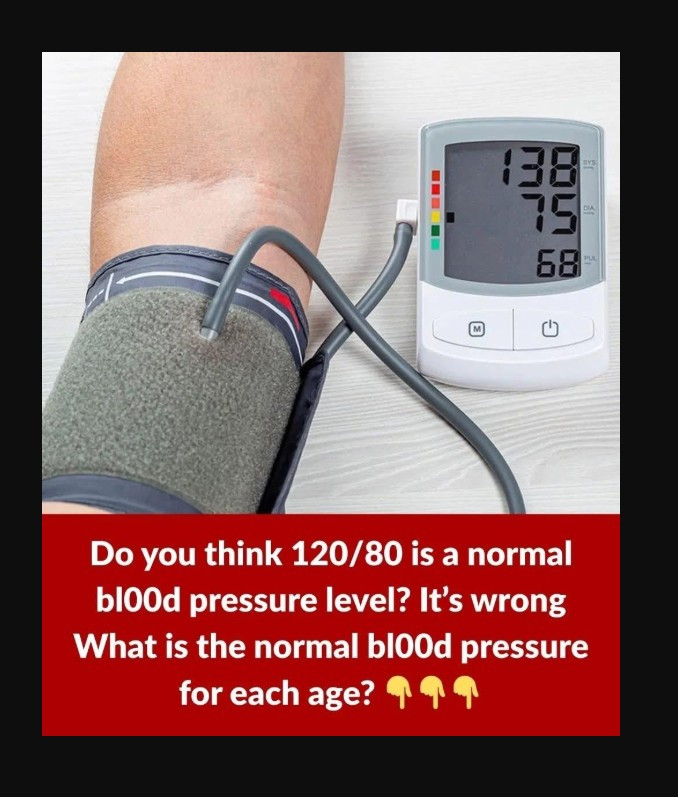ADVERTISEMENT
What’s New in the Latest Guidelines
1. Updated Definitions & Categories
Here’s how the two major guideline‑sets define blood pressure categories:
- According to the 2025 U.S. American Heart Association / American College of Cardiology (AHA/ACC) guideline:
- Normal: less than 120/80 mmHg (American Heart Association)
- Elevated: 120–129 systolic and less than 80 diastolic (Healthline)
- Stage 1 Hypertension: 130–139 systolic or 80–89 diastolic (American Heart Association)
- Stage 2 Hypertension: 140+ systolic or 90+ diastolic (Harvard Health)
- In the 2024 European Society of Cardiology (ESC) / European Society of Hypertension (ESH) guideline:
- They introduce a category of “Elevated BP” at 120–139/70–89 mmHg, even before classic hypertension. (Société Européenne de Cardiologie)
- Hypertension is defined as ≥140/90 mmHg, but the treatment targets are more aggressive (see below). (PubMed)
2. Lower Treatment Targets & Earlier Intervention
- The U.S. updates emphasize treating BP earlier and aiming for tighter control (e.g., to <130/80 mmHg in many cases) to reduce risk of cardiovascular and brain diseases. (American College of Cardiology)
- The 2024 European guideline takes a bold step: for many patients, the initial treatment target is systolic 120‑129 mmHg, rather than the older, higher targets. (Société Européenne de Cardiologie)
- Importantly: treatment must be tailored — intensive targets may be relaxed in older or frail patients or those with intolerance. (PubMed)
3. Emphasis on Risk & Monitoring
- The newer U.S. guideline incorporates the PREVENT™ Risk Calculator to estimate 10‑ and 30‑year cardiovascular risk and guide treatment decisions. (American College of Cardiology)
- Both American and European guidelines stress home blood pressure monitoring and out‑of‑office measurements to get accurate readings and avoid misdiagnosis (e.g., white‑coat hypertension). (utswmed.org)
What This Means for You
- If your reading is 120–129 systolic and <80 diastolic, you’re now in the “elevated” category — not yet hypertension, but a sign you should act.
- At 130/80 mmHg or above, the guidelines suggest you may need lifestyle changes and possibly medication depending on your risk profile.
- Keeping your BP below 120/80 mmHg remains the ideal “normal” for most people.
- Treatment is not one‑size‑fits‑all. Age, frailty, other conditions and how well you tolerate treatment matter.
- Lifestyle remains first line: healthy diet, less salt, regular physical activity, weight control, limiting alcohol — all key. (American College of Cardiology)
-
ADVERTISEMENT
